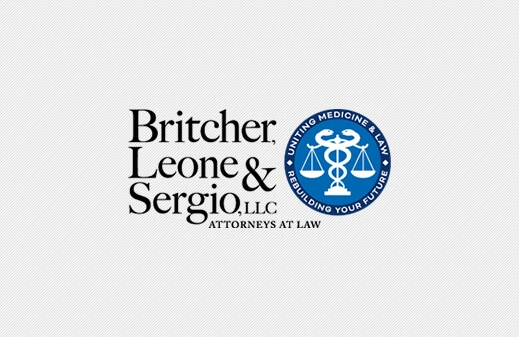
MEDICAL SCHOOL | October 21, 2025
The U.S. has been experiencing a shortage of primary care physicians (family medicine, pediatricians, geriatricians) as medical school graduates go after specialties that pay more.
Parents may have a medical malpractice case if their child suffered a birth injury during labor and delivery. In this article, we explain how medical negligence in pregnancy, labor and/or delivery can lead to injuries, and why you should contact an experienced birth injury attorney.
Birth errors are mistakes made by medical professionals during pregnancy, labor, or delivery. Whether mild, moderate, or severe, birth errors can cause both physical and cognitive disabilities, with a lasting and often significant impact on a child and the family. The ensuing disability or disabilities may require extensive medical attention, therapies, and treatments, long stays in the hospital or rehabilitation facility, and supportive care for a lifetime.
Examples of birth injuries are cerebral palsy, Erb’s palsy, brachial plexus injuries, brain injuries (HIE – Hypoxic Ischemic Encephalopathy), and more. In simple terms, a baby severely injured at birth may grow up unable to speak, eat, walk and/or see. Harm to the mother may also occur, such as damage to internal organs or serious infections. The impact of these birth errors ranges from short-term to lifelong and affects the financial and emotional well-being of the family.
Among the common causes of birth injuries are lack of oxygen to the brain or trauma during delivery, genetic abnormalities (that could have been diagnosed before or during pregnancy), and failure to detect, diagnose, and treat certain conditions in the pregnant mother (including infections, high blood pressure, and diabetes). When a medical error plays a role in these scenarios, and the clinician’s direct actions or inactions are the cause, a medical malpractice lawsuit may be warranted.
Some signs of a birth injury in your child include:
Some of these signs will be obvious at birth, others may develop later. Don’t hesitate to consult your pediatrician if you notice any of these or other unusual symptoms.
Consulting your child’s medical provider about any concerning symptoms and seeing a specialist about the injury (such as a neurologist or orthopedist) are important first steps. If medical negligence is suspected, the next step to take is to consult with an experienced birth injury attorney, who will review your case to determine if you have grounds for a birth injury lawsuit.
Medical negligence is when a healthcare provider’s actions or lack of action fall below what is deemed the accepted standard of care and that cause harm to a patient. Proving medical negligence in birth error cases means reviewing all medical records for the mother and baby during pregnancy, labor, and delivery to determine if the care provider was at fault.
The birth injury lawyer must prove:
The medical negligence may be through failure to diagnose or misdiagnose a prenatal condition in the mother or fetus (such as not treating an infection or diabetes), errors during childbirth (such as failure to monitor fetal distress or improper use of delivery instruments), failure to warn the mother of known risks of a procedure or treatment, and medication errors that caused harm
Financial compensation for medical and long-term care falls under the category of economic damages, which are intended to cover medical treatments, procedures and therapies, caregiving duties, rehabilitative treatments, and stays in the hospital, rehab center, or long-term care facility. In cases of long-term disability, these costs can run into millions of dollars over a person’s lifetime, so seeking compensation is critical.
Plaintiffs can also sue for non-economic damages (emotional distress, pain and suffering, loss of quality of life) and, in limited instances, punitive damages against the negligent doctor.
To obtain compensation, a lawsuit must be filed. Sometimes, cases resolve through settlements out of court, but other times, the case proceeds to trial. These are complicated trials that last many weeks with multiple experts testifying for both the plaintiff and defendant sides. For this reason, families seeking compensation must work with a qualified attorney that specializes in medical malpractice and birth injury.
If you believe your child has experienced injury due to a birth error, contact Britcher, Leone & Sergio right away. Our trial and physician attorneys will investigate the facts and work with obstetrical and other medical experts to prove the case on the medical facts. Our experienced injury attorneys understand the financial and emotional tolls that a lasting birth injury has on a child and the family. After we review all the evidence to determine if the birth injury was caused by medical negligence, we then discuss your options for a malpractice claim and just compensation.
Related Posts